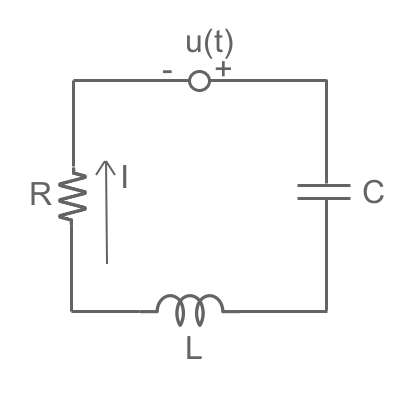Homework 1 - Due: 01/25
Problem 1
Which of the following are vector spaces over
- The set of real valued
- The set of rational functions of the form
- The space
Problem 2
Let
Problem 3
Let
- Prove that
- Now assume that
Problem 4
Consider the standard RLC circuit, except now allow its characteristics

Problem 5
Three employees — let’s call them Alice, Bob, and Cheng — received their end-of-the-year bonuses which their boss calculated as a linear combination of three performance scores: leadership, communication, and work quality. The coefficients (weights) in this linear combination are the same for all three employees, but the boss doesn’t disclose them. Alice knows that she got the score of 4 for leadership, 4 for communication, and 5 for work quality. Bob’s scores for the same categories were 3, 5, and 4, and Cheng’s scores were 5, 3, and 3. The bonus amounts are $18000 for Alice, $16000 for Bob, and $14000 for Cheng. The employees are now curious to determine the unknown coefficients (weights).
- Set up this problem as solving a linear equation of the form
- Calculate the unknown weights. It’s up to you whether you use part (a) for this or do it another way.
- Are the weights that you computed unique? Explain why or why not.
